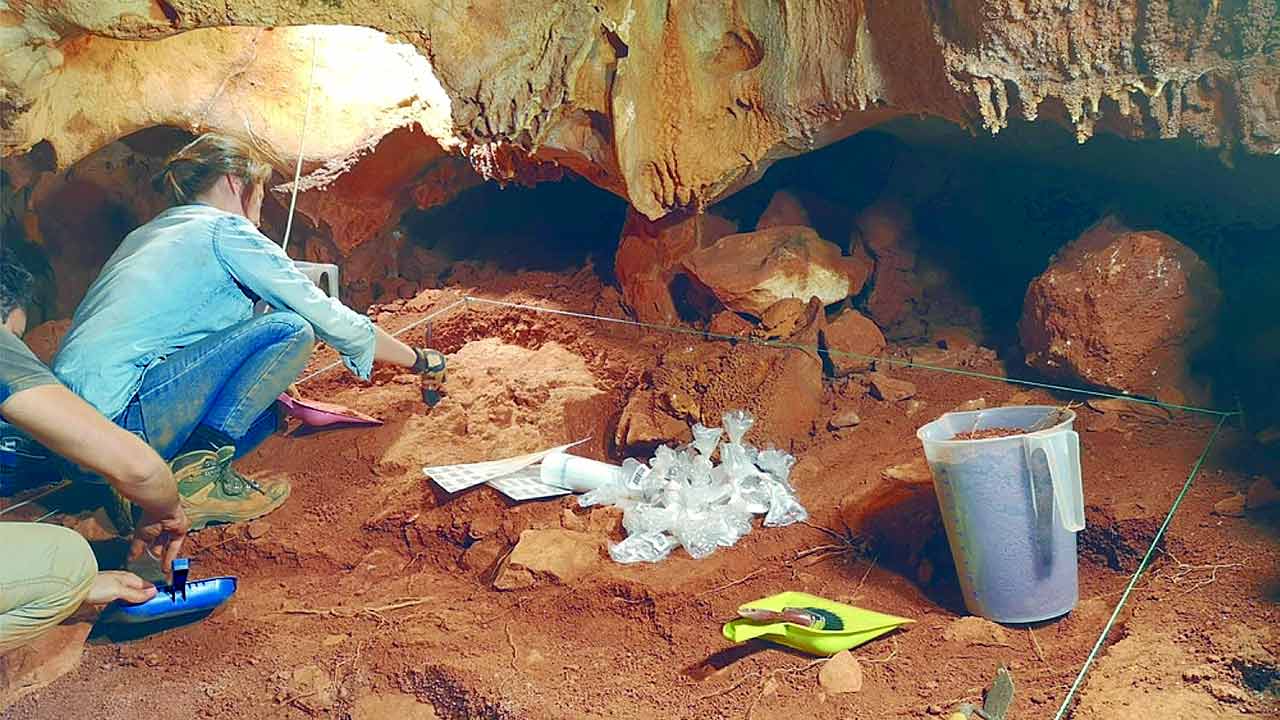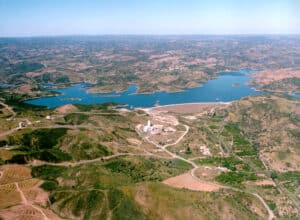On October 19, an Open Day organised by the Portimão Museum will allow history buffs to discover archaeological remains in the Gruta da Companheira.
Portimão’s Municipal Museum is organising an Open Day at the Gruta da Companheira on Saturday, October 19.This unmissable experience will allow participants to discover traces of occupations from the Middle Paleolithic, collected following ongoing archaeological excavations and directed by researchers from the University of Algarve (UAlg).
The second cave in the Algarve, where materials from the Neanderthal Period were found, reveals excellent research potential. It was discovered at the beginning of 2016 when a new cavity with archaeological remains was located during the construction of the new ETAR (wastewater treatment plant) in Portimão on the Companheira site.
Although visits to the interior of the cave aren’t currently open to the public, its network consists of two small horizontal chambers and several corridors, each estimated to be around 10 metres long. One of which can be accessed from the Estrada Nacional 125.
Human remains more than 45 thousand years old.
Following its discovery, the Gruta da Companheira underwent excavation led by Dr João Cascalheira and Professor Dr Nuno Bicho from UAlg. This revealed archaeological layers over 45,000 years old linked to the Middle Paleolithic period.
The Finisterra project “Population trajectories and cultural dynamics of the last Neanderthals in the extreme west of Europe” is currently taking place at the site. It is directed by João Cascalheira and financed by the European Research Council, with logistical support from Portimão City Council.
The excavation efforts at the site of the cave’s initial opening have extended to a depth exceeding 4 metres. Theseprovided the opportunity to uncover a connection to the already identified galleries. This discovery indicated that Neanderthals had inhabited the area and uncovered a previously overlooked series of galleries containing significant archaeological and paleontological findings.
Although the data is in its initial phase, it has been possible to identify multiple stone artefacts that are probably linked to Neanderthals, alongside various animal remains like deer, horses, aurochs, and turtles.
This event is limited to 20 participants. Those interested in participating in the event, held at the cave entrance, must register online by October 17.
The gathering will take place at 15h00 on October 19 in the ETAR parking area.
Participants are advised to wear appropriate clothing and footwear.



























